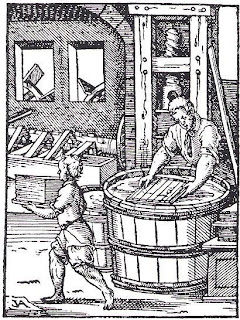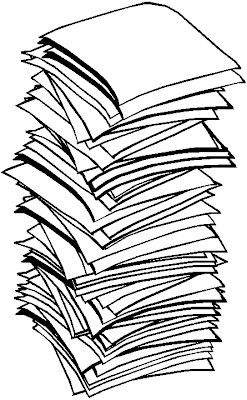
For every ton of paper recycled, 17 trees live! If you are dealing with a lot of paper in your home or office, here are some tips to help keep your environment cleaner and greener.
1. Separate printable paper into three groups: color, white, and newspaper. Newspaper can be tied together with twine or placed in brown bags to make collection easier. Mixed paper includes everything from magazines to colored flyers. Make sure to remove all non- paper items like rubber bands, plastic wrappers and the like. Staples are okay.
2. Re-use scrap paper for making notes or writing memos. This can be done by ripping off edges, using the reverse side, or folding in half custom stock sheets.
3. Keep a pile of recyclable paper on or under your desk. This provides easy access to scrap and reduces time by keeping your trip to the recycle bin to just one daily visit rather than having to get up every time you want to throw something away.
If you follow these tips, you will not only have a more environmentally friendly office or home, but you will feel better about doing your part in the global effort to reduce waste. And if you’re looking to buy printable paper, heavyweight paper or custom stock sheets that you can eventually recycle, www.LimitedPapers.com is your resource.






